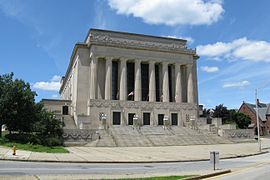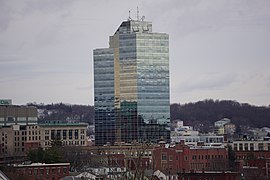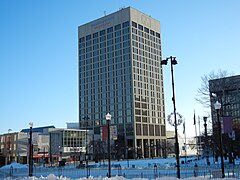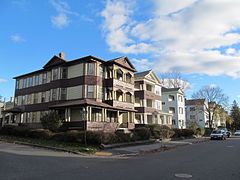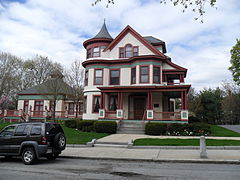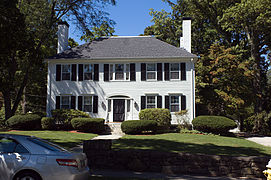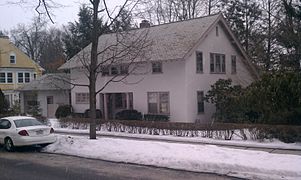Photo gallery
Central
- Wellington Street
Downtown
- Downtown Skyline
- Federal Square
- Harrington Corner
- Lincoln Square
- Union Station/ Washington Square
East Side
- Houghton Street
- UMass Memorial Medical Center
North Worcester
- Greendale
- Worcester Country Club
- Odd Fellows' Home
- Dodge Park
South Worcester
- St. Matthews (Southbridge Street)
West Side
- Lenox Street
- Tatnuck School
- Westwood Hills







